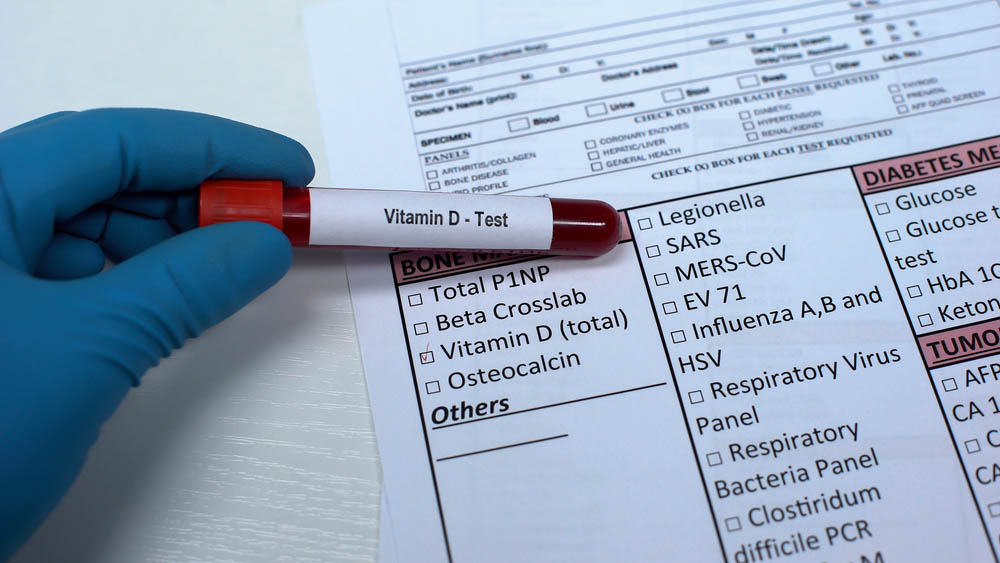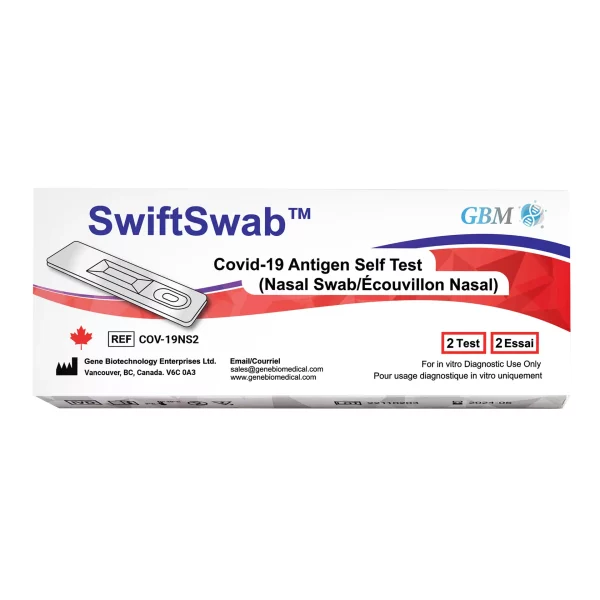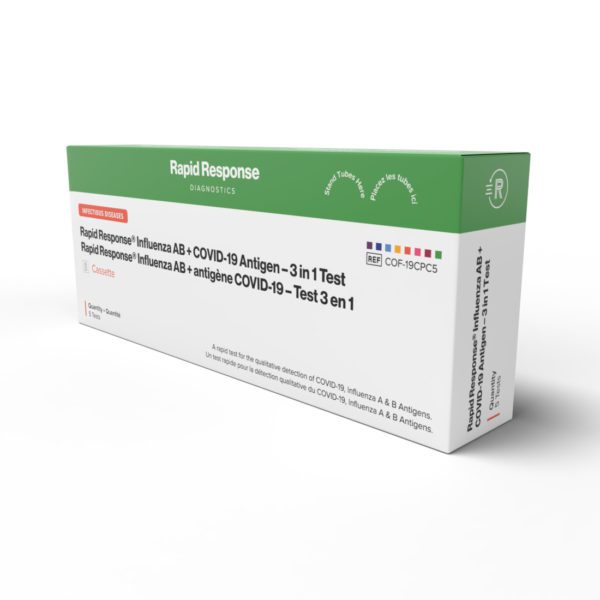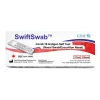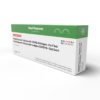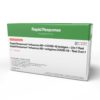It’s well-established that vitamin D is a crucial nutrient for the body, but many may not be aware of their vitamin D levels and the potential impact it can have on their health.
With a vitamin D test, you can assess your vitamin D status and make sure that your body has enough of this nutrient.
What is vitamin D?
Vitamin D is an essential nutrient that has a role in various bodily functions and overall health. It’s a fat-soluble vitamin that’s primarily obtained through sun exposure and certain foods.
When it comes to its function, vitamin D helps in the following:
- Absorption of calcium and phosphorus for bone health
- Immune function
- Muscle function
- Cell growth
What is a vitamin D test?
Vitamin D requirements can vary based on factors such as:
- Age
- Sex
- Health status
- Geographic location
Many people may not realize that they’re deficient in vitamin D, as the symptoms are often subtle or non-specific.
Having an accurate assessment of your vitamin D levels can help in providing personalized recommendations for maintaining optimal vitamin D status and overall health.
A vitamin D test is a diagnostic procedure used to measure the levels of this essential nutrient in your body. Addressing these issues early on can help you prevent health issues, especially since vitamin D deficiency is linked to:
- Autoimmune diseases
- Certain cancers
- Heart disease
Purpose
With a vitamin D test, you can assess your vitamin D status and monitor your risk for deficiency.
It can also help monitor the effectiveness of any treatment or intervention implemented to address a vitamin D deficiency.
Since vitamin D is involved in bodily processes like calcium absorption, bone growth and immune system support, having low levels can lead to different health issues, like:
- Weakened bones
- Muscle weakness
- Increased susceptibility to infections
By measuring the levels of vitamin D in the blood, your healthcare provider can identify if you may be at risk for deficiency and take appropriate measures to address the issue.
This may involve recommending the following strategies:
- Dietary changes
- Increasing sun exposure
- Prescribing vitamin D supplements

Vitamin D test procedure
Before the test, consider the timing and duration of the blood draw, as well as the locations where the test can be performed, such as a healthcare provider’s office, laboratory or using an in-home kit. While in-home tests are available, their accuracy may vary depending on the manufacturer or how well you follow the instructions.
In a healthcare setting, a healthcare professional applies a tourniquet to your upper arm to make the veins more visible and easier to access. They will select a suitable vein, sanitize the site and then insert a needle to collect the blood sample.
Although there may be momentary pain from the needle insertion, it’s generally well-tolerated. In some cases, multiple tubes may be needed if additional tests are ordered.
After the test, the healthcare provider will remove the bandage if there’s no ongoing bleeding. Alert the medical staff if any bleeding or other complications occur.
You will receive the results via phone, letter email or in person.
Vitamin D test results
Upon receiving the results of a Vitamin D test, your healthcare provider will explain the findings and use specific ranges to determine their vitamin D status.
The ranges typically used to interpret vitamin D levels are deficient, insufficient and sufficient.
Here are the corresponding vitamin D levels that fall under normal, high and toxic ranges:
- Normal range: 20 ng/mL to 50 ng/mL
- High range: Above 50 ng/mL
- Toxic range: Above 200 ng/mL
Based on the test results, your healthcare provider may recommend vitamin D supplementation or treatment for deficiency. If the vitamin D levels are too high, they may advise you to adjust or stop taking supplements.
They may also discuss potential causes of deficiency or insufficiency, such as:
- Inadequate diet
- Digestion issues
- Lack of sun exposure
In cases where bone pain and low vitamin D levels are present, a bone density scan may be recommended.
How much does the vitamin D test cost?
The cost of the vitamin D test varies depending on factors, such as the following:
- Location
- Healthcare provider
- Insurance coverage
That said, the cost can be as low as $40 to an upper range of $200 or more.
Insurance coverage also influences the cost since some plans may cover the full cost of the test, while others may require a copay or deductible. Contact your insurance provider to inquire about coverage and any out-of-pocket costs.
If you don’t have insurance coverage, the cost may be higher and it’s advisable to check with the healthcare provider for information on self-pay options or discounts. Other costs associated with the test include consultation fees or fees for additional tests if ordered by your healthcare provider.
What is the difference between vitamin D and vitamin D3?
Vitamin D and vitamin D3 are forms of the same essential nutrient that play crucial roles in maintaining overall health and well-being. While they’re similar, there are some differences between the two.
Vitamin D, also known as cholecalciferol, is the generic term used to describe all forms of this nutrient. It can be obtained from certain foods, such as fatty fish and egg yolks, as well as from sunlight exposure. Vitamin D is important for bone health, immune function, and cell growth.
Vitamin D3, also known as colecalciferol, is the most active and natural form of vitamin D, which is produced in the skin when it is exposed to sunlight. It’s also found in some animal-based food sources. It’s converted into its active form in the liver and kidneys and is responsible for most of the beneficial effects of vitamin D.
Key takeaway
Vitamin D tests are a valuable tool to determine vitamin D levels, monitor deficiency risk, identify high-risk individuals, assess treatment effectiveness and help in diagnosing related health conditions.
Knowing your vitamin D level can help you keep it at the normal range so it can effectively serve its purpose in your body.
